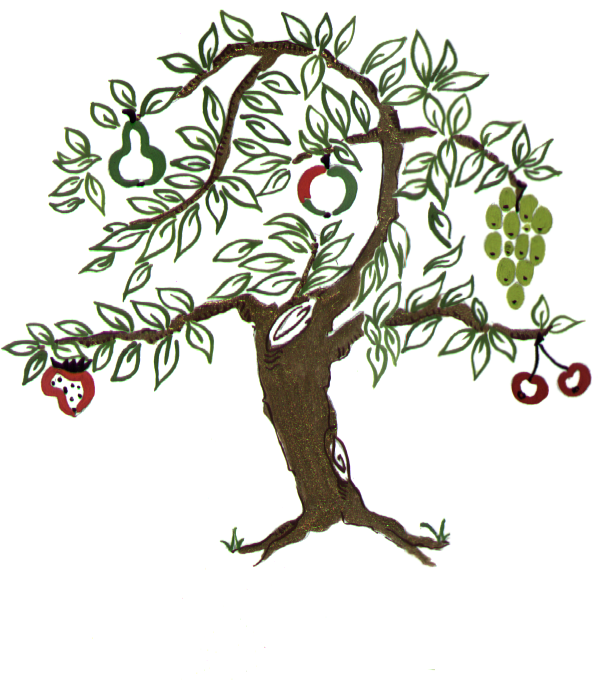
Sacred & Secular Education in Human Values
Helping children to know the difference between Right & Wrong

Helping children to know the difference between Right & Wrong
SSEHV may be taught by several methods.
The Direct Method'' is where a Lesson Plan from one of the Books is taught to children as part of a dedicated class e.g. Personal, Social & Health Education. This approach uses the five Teaching Methods described below (the 'Indirect Method' is summarised at the foot of this page):
Although very simple, they have a profound influence when practised following the integrated methodology of the Programme.
This can be a quotation, short poem or universal prayer. For example, a prayer on the value of peace could be used, such as:
Peace, peace, peace.
Peace on Earth.
Peace, peace, peace
In all the universe.”
Or alternatively, a quotation, such as :
“Being kind brings peace of mind.”
Following the multi-cultural and non-religious approach of the whole Programme these statements are not particular to any religion or belief system and hence promote unity and tolerance between different cultures.
The Theme for the Week runs through the whole Lesson Plan and is best used when also incorporated throughout the whole curriculum. For example, it can be used as a group activity, such as making a poster, or inspiring a class or school project.
Alternatively, children can be asked to invent quotations with similar meanings. While working on these, a subtle improvement occurs in their state of consciousness. During the week there would normally be a discussion on its meaning and application in day to day life e.g. in the example above, how we could bring about peace within ourselves, our family, school, society, nation and the world.
In silent sitting the teacher will go through a simple relaxation exercise with the children where they follow the instructions given. Examples of these exercises include:
Silent Sitting exercises quieten children’s minds, thereby reducing any stress, leading to resultant benefit to parents and teachers as well as the children themselves. It has been proved that after practising silent sitting over a period of time, verbal, written, and artistic skills become much enhanced and the children generally more creative.
A very destructive force in the classroom is the level of noise and movement which is substantially reduced when silent sitting is practised, so it also helps with discipline problems. Once the practice is more established, every lesson could start and close with a minute of silence so that the children’s behaviour becomes calmer.
Time and effort taken to practice and establish this exercise is well repaid by the children’s heightened concentration and attention for lessons and in their behaviour generally.
Most people enjoy being told a story. It is a very old and effective method of teaching how to behave. Story Telling is an important way of teaching children about:
There are numerous stories set out in the Teaching Workbooks - using traditional stories, fables and those based on actual events, where the teacher is able to draw out human values. After understanding the methodology used, teachers will be able to write their own stories.
All the stories are followed by questions which ensure children absorb and understand the value that has been described.
In order to bring out the emotional intelligence in children and help them become aware of their feelings it is always important to ask at the end of the story "How did you feel when you heard that story?"
Do not ask "How did you feel about it?" This is like asking "What did you think about it?" and is not to do with feelings, but about thinking. Children (and teachers) need to know the difference.
The four most useful questions to ask at the end of any values based story are:
Teachers can obviously add to this list as appropriate as children answer.
It is useful to end a story telling session on an optimistic note, showing what can be done to cope with a difficult situation, and how to learn from experiences in the past, to throw light on how things can be done better in the future.
The human being has a rhythm of its own. When a person feels good, the heart beats gently with a steady rhythm. When someone is angry or disturbed the heartbeat becomes erratic.
Group singing using songs that are uplifting and calming and decreases feelings of agitation and restlessness. It also makes one feel joyful, happy and at one with those around.
Anything learned through song is remembered and is easier to recall, so group singing is a powerful tool for enhancing the value being taught in the lesson. CDs can be used to assist and guide teachers and parents (if being used at home) with the singing component of the Programme.
This covers a whole range of activities such as:
Plenty of examples are given in the Workbooks and teachers and parents can make up their own after looking at the examples given.
All the stories are followed by questions which ensure children absorb and understand the value that has been described.
Great attention has been given to making all the activities in the Workbooks interesting and fun, as teachers often face heavy competition from television, videos and computer games in capturing the attention of children.
Alternatively, the 'Indirect Method' is where values are integrated into, and taught as part of, any other curriculum subject - attendance at our training is recommended in order to understand how to implement this.